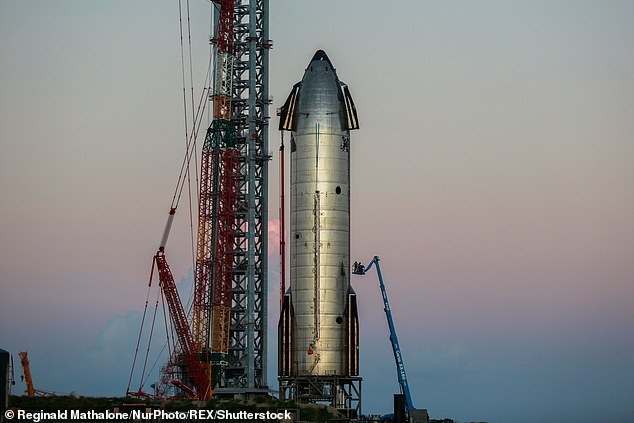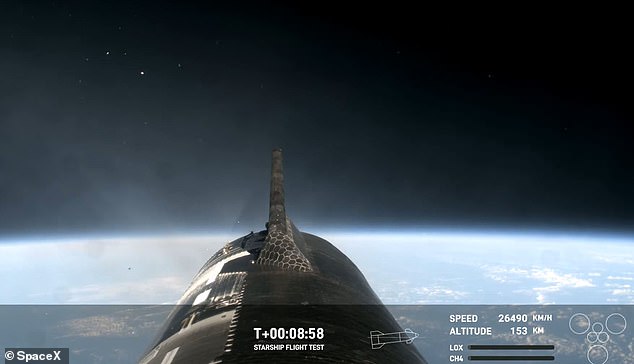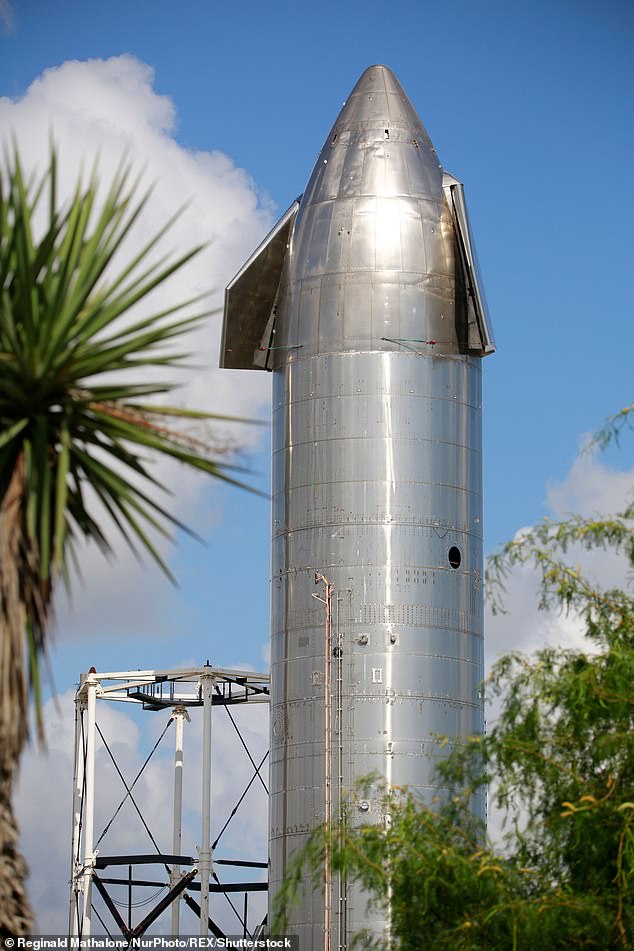Elon Musk says SpaceX will send its multibillion-dollar Starship rocket to Mars in just TWO YEARS — despite explosive launch tests
Even if it’s just a matter of traveling there and back, Elon Musk thinks he can send his Starship rocket to Mars within two years.
On X (Twitter), the SpaceX founder said that unmanned missions to Mars in 2026 will “test the reliability of an intact landing on the Red Planet.”
Two years later, in 2028, Starship will carry humans to Mars for the first time. This would be the first time humans have walked on another planet.
Starship, the largest and most powerful rocket ever built, has undergone explosive launch tests in recent years.
The spacecraft has only just mastered the art of flying into space and back in one piece, so it’s worth taking Musk’s new timeline with a grain of salt.
On X (Twitter), the SpaceX founder said that unmanned missions to Mars in 2026 will “test the reliability of an intact landing on the Red Planet,” followed by manned missions two years later
According to Musk, his company will produce multiple Starships, eventually leading to a fleet of more than 100 of the 165-foot vessels.
The billionaire founder said in his X-message that the first Starships will be launched to Mars in two years, when “the next transmission window between Earth and Mars opens.”
This refers to a period of about 26 months when the two planets are closest to each other in their orbits and the distance between them is smaller.
Musk said: “The number of flights will increase exponentially from that point on, with the goal of building a self-sustaining city within about 20 years.”
Ultimately, Musk wants to make humans a “multiplanetary” species, meaning we live on multiple planets, not just Earth.

In 2017, Musk said SpaceX would launch its first cargo missions to Mars in 2022 and its first crews to the planet in 2024.

With Starship, Musk could realize his grand ambition of transporting people and cargo to the moon and eventually Mars, making us a “multiplanetary” species. Pictured: Starship prototype in August 2021
He added: ‘Being multiplanetary will vastly extend the likely lifespan of consciousness, because we no longer have all our eggs, literally and metabolically, on one planet.’
In another tweet, Musk confirmed that humans will not go to Mars until the first landings in 2026 are “proven reliable.”
He added: ‘Four years is the best scenario for people, maybe 6, hopefully not 8.’
Musk has a habit of making outlandish promises that ultimately aren’t kept, often involving ambitious timelines that come in way too soon.
Musk said in 2017 that SpaceX would launch the first cargo missions to Mars in 2022, with the first crews going to the planet in 2024.
But now he may be extra hopeful, after Starship reached space in June and successfully landed on Earth.
Musk called it an “epic achievement” after Starship flew 209 kilometers above the surface and made a soft landing in the Indian Ocean as planned.
In March, Starship reached space, but upon re-entry into Earth’s atmosphere, the probe spectacularly broke up.

Starship sent back incredible images of space during successful mission in June 2024

Starship is designed to carry crew and cargo to Earth’s orbit, the Moon and Mars. Pictured, a Starship prototype in Texas, August 2021
This was preceded by two failed launches in 2023, the first of which ended in an explosion over the Gulf of Mexico in April.
The spacecraft was intended to fly 90 miles (145 kilometers) above the ground for 90 minutes, but shortly after the Super Heavy booster separated, Starship exploded over the Gulf of Mexico off the coast of Texas, about four minutes into the mission.
In November 2023, SpaceX attempted a second launch, but it failed about eight minutes into the test mission. The rocket reached an altitude of 146 kilometers above the Earth’s surface and then exploded.
The 121-meter-long, multibillion-dollar stainless steel vessel is designed to transport crew and cargo to orbit Earth, the moon and other planets.
Four astronauts are scheduled to land on the moon in 2026 as part of NASA’s Artemis 3 mission, the first manned trip to the lunar surface since 1972.
